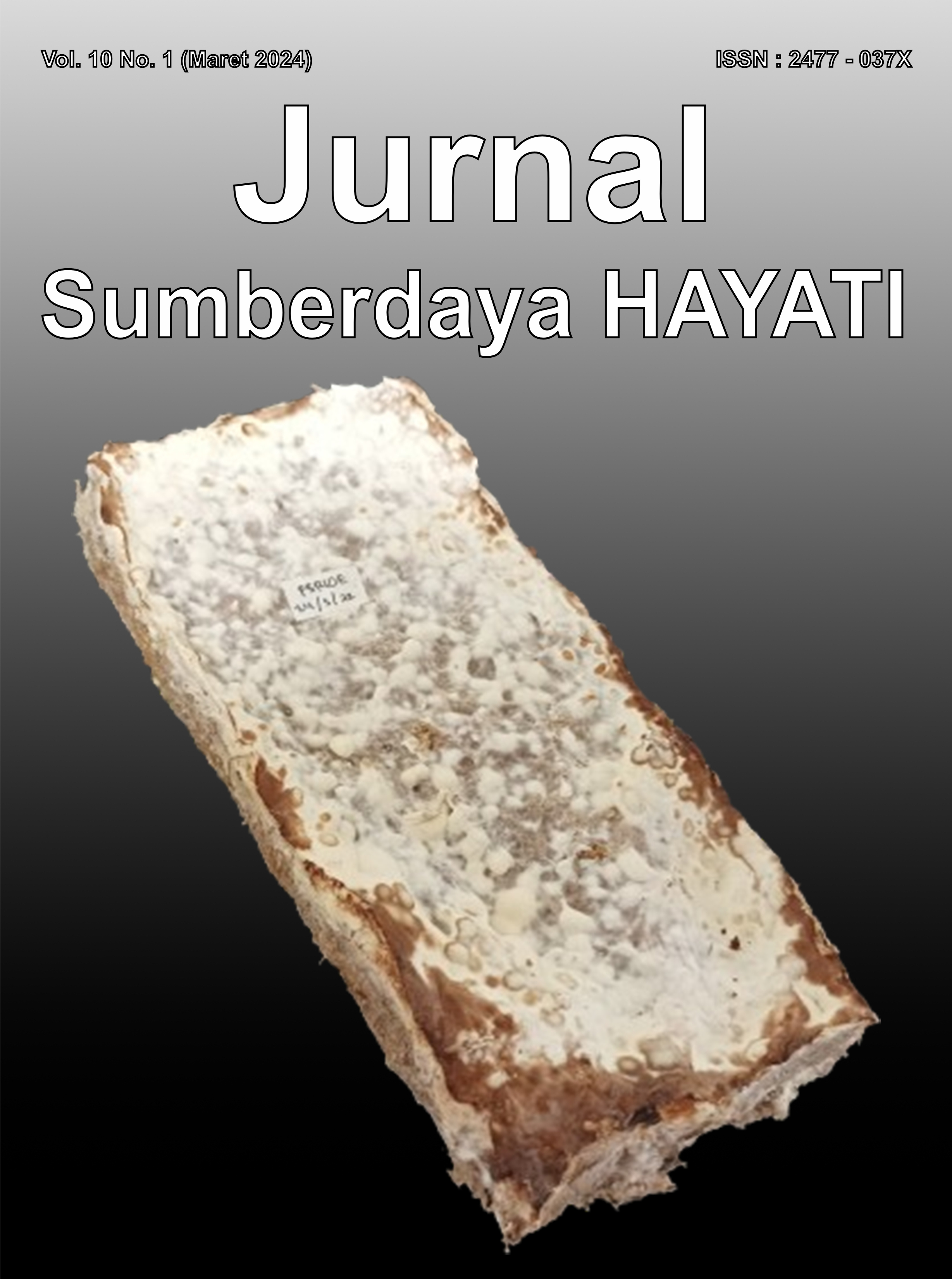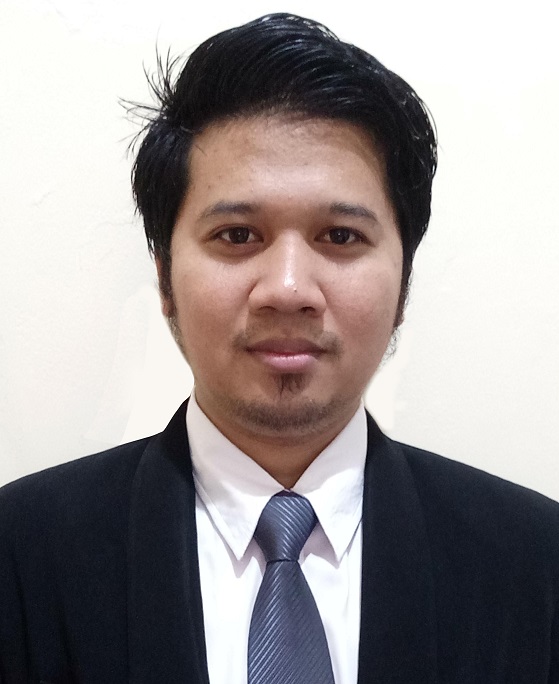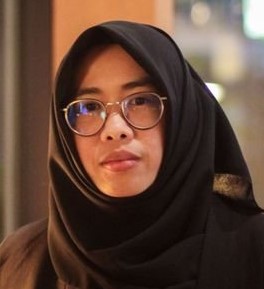Pengaruh Status Gizi terhadap Jangka Reproduksi Perempuan pada Tiga Kecamatan di Kabupaten Lampung Selatan
The Influence of Nutritional Status on the Reproductive Period of Females in Three Sub-Districts South Lampung Regency
Abstract
The maturity of women's reproductive organs can be characterized by the onset of the first menstruation, known as menarche, while the concluding phase is referred to as menopause. The time frame spanning from menarche to menopause is known as the reproductive period. One crucial factor influencing the reproductive period is nutritional status. Optimal body fat reserves tend to extend the reproductive period, whereas inadequate reserves can have the opposite effect. Notably, women residing in urban areas often experience a more extended reproductive period compared to their rural counterparts. The aim of this study was to assess the reproductive period of women in three sub-districts in South Lampung and to analyze the potential impact of nutritional status on the individual reproductive period. The study was conducted between January and April 2023 in the sub-districts of Jati Agung, Natar, and Kalianda. Data was gathered from a total of 57 respondents through interviews and physical measurements. Nevertheless, only 18 respondents met the criteria and were further analyzed. Nutritional status was evaluated using the body mass index (BMI) and percent body fat (PBF). The findings revealed that the average reproductive period for women in the three South Lampung sub-districts was 37.06 years. The average age for menarche was 14.22 years, while the average age for menopause was 51.28 years. However, the study did not find a significant correlation between nutritional status and the reproductive period of women in the three examined sub-districts of South Lampung.
Downloads
Copyright (c) 2024 Winati Nurhayu, Syefia Azmi Restina, Gres Maretta

This work is licensed under a Creative Commons Attribution 4.0 International License.
Authors who submit and publish with this journal agree to the following terms:
1. Authors retain copyright and grant the journal/publisher non exclusive publishing rights with the work simultaneously licensed under a Creative Commons Attribution 4.0 International License.
![]()













